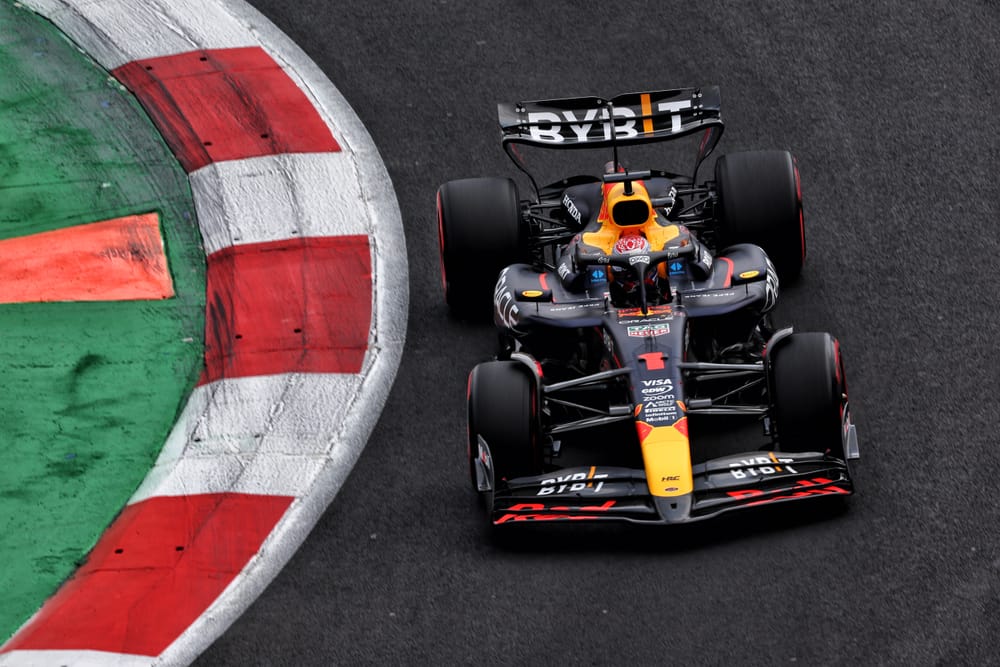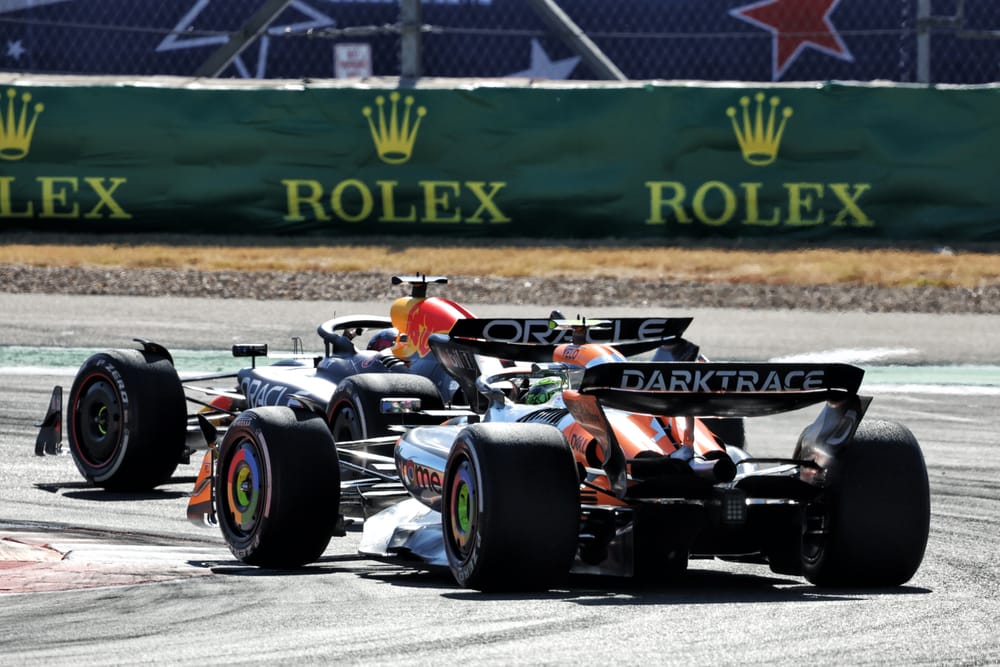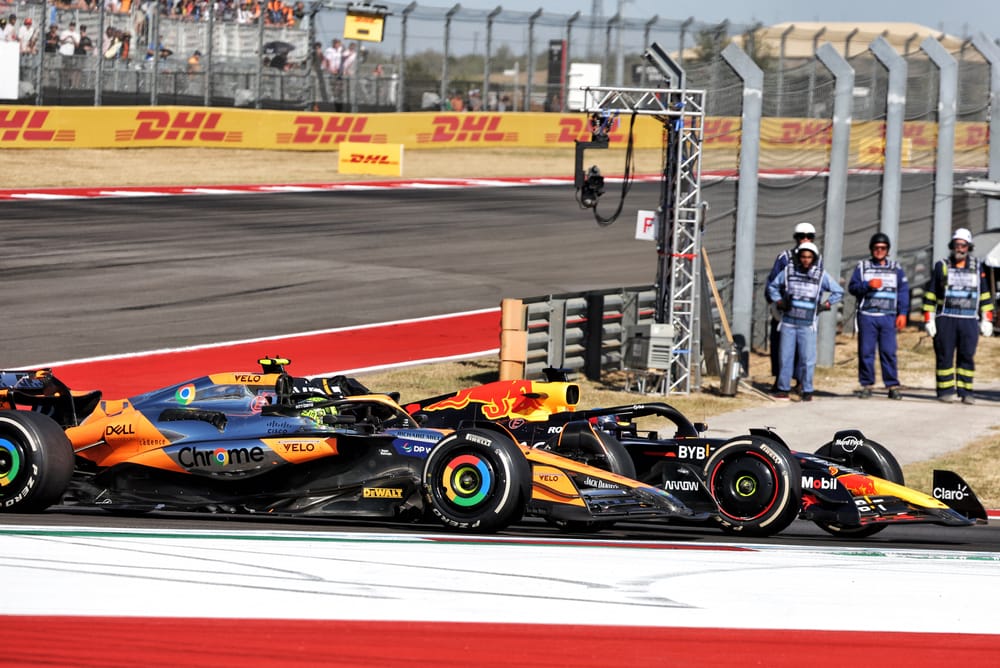Up Next

Formula 1’s racing rules are likely to change before the end of the 2024 season with a crunch meeting planned for the penultimate round in Qatar next month.
F1’s racing guidelines have come under major scrutiny since a series of controversial incidents at the United States Grand Prix.
The Mexican GP weekend kicked off with multiple drivers voicing their displeasure at the racing rules and calling for change on Thursday.
That change is now more likely to come after a fruitful F1 drivers’ briefing on Friday.
Guidelines under review
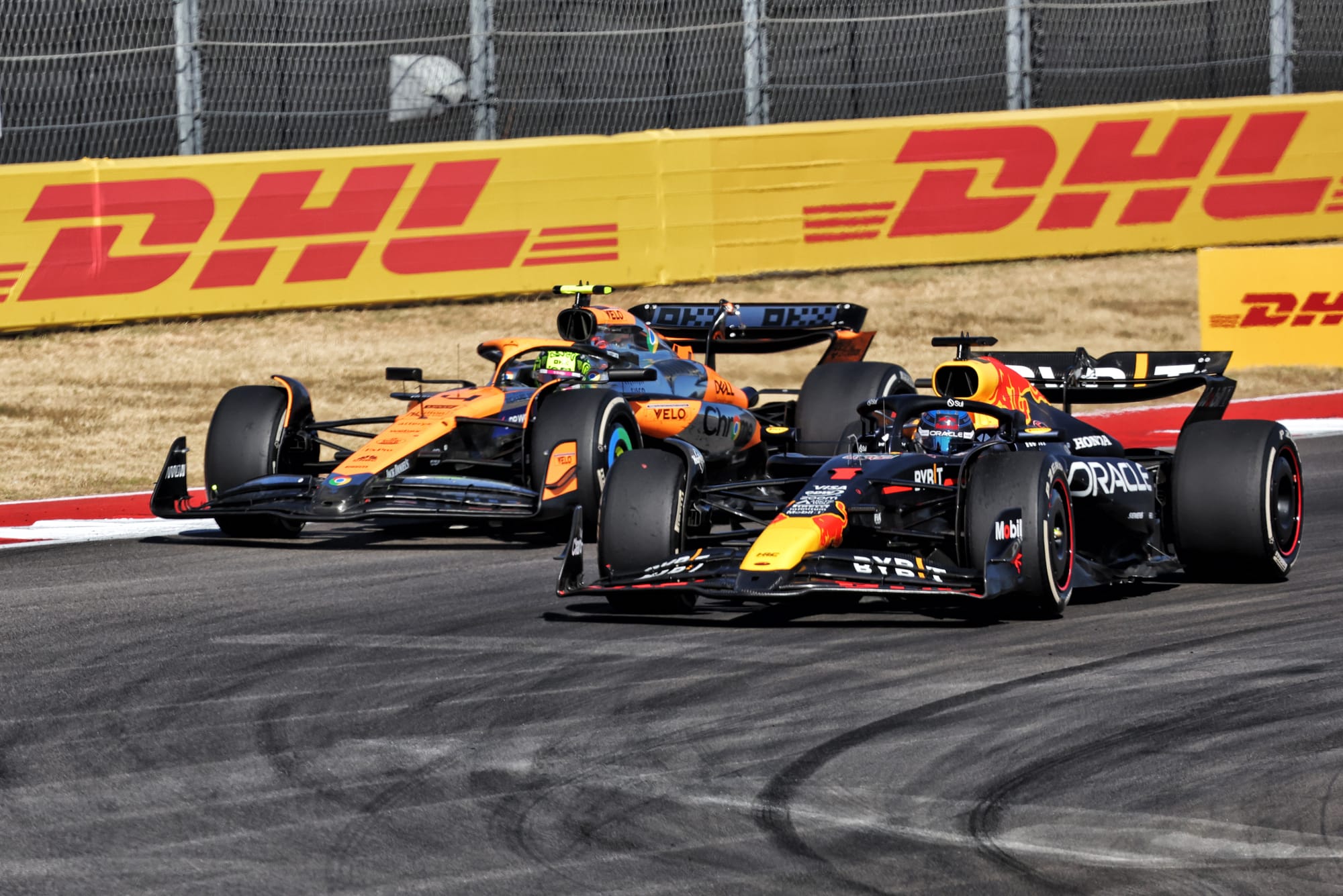
The Race understands discussions about Lando Norris’s Austin penalty - which McLaren's right of review over failed - were a big part of the meeting, with Norris asking for a more detailed explanation of the penalty.
Loic Bacquelaine - the continuity steward at Mexico City who was also at Austin - explained the rationale, leading to a discussion around the flaws in the racing rules and the interpretation of them.
There was a general acceptance from the FIA that the guidelines need reviewing - and those guidelines aren’t public yet because they were a first attempt at something more formal. It was always the intention for them to be open to revisions before being included in the International Sporting Code in 2025.
There will be discussions between now and Qatar between the FIA, the single seater commission and the Grand Prix Drivers’ Association to discuss potential changes to them.
These will be discussed in a meeting with drivers in Qatar, to ensure there’s driver input as well as FIA input into the formulation of the racing guidelines.
If agreed in Qatar, the guidelines could be implemented before the end of the F1 season. If they need more time to be agreed upon, a 2025 introduction is more likely.
What will change?
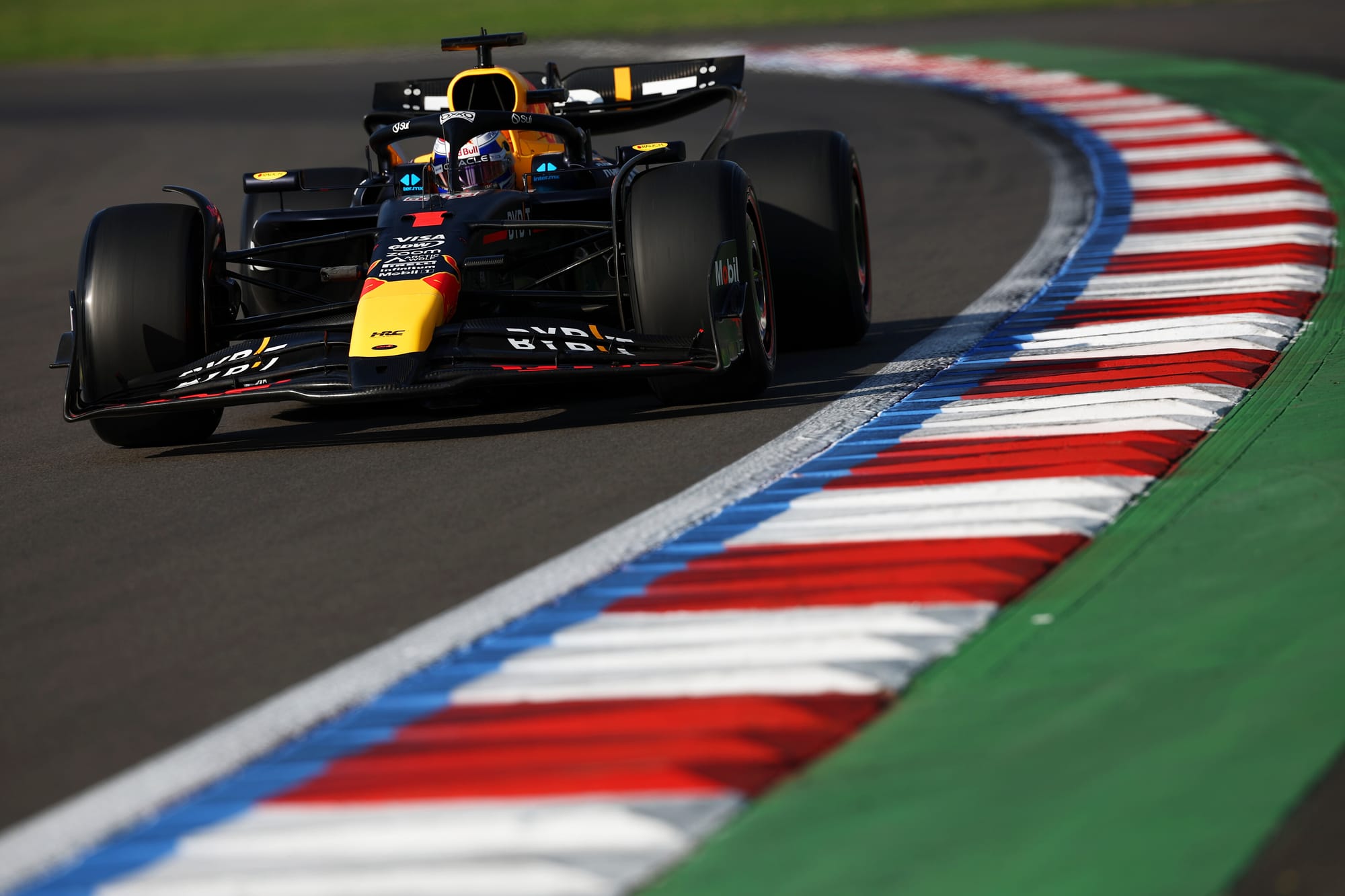
The changes are still to undergo a discussion period but they’re likely to centre around two key areas based on Friday’s briefing.
One is cleaning up the rules on what the defending driver can do.
The FIA doesn’t think Max Verstappen is exploiting a loophole, but he has highlighted something that might be missing from the guidelines.
That’s the stipulation that was present in the 2022 version of the guidelines but not in the 2024 edition, that the defending car - Verstappen in the case of Austin - needs to stay within the limits of the track.
It does currently exist within the guidelines as part of the general guidance against “going off track and gaining an advantage” but the reference to it shouldn’t have been removed from the 'overtaking on the outside' guidelines.
Regardless, there’s a feeling from some in the paddock that penalising both Verstappen and Norris with 10-second penalties would have been a more elegant solution. That would have at least meant some action against Verstappen for leaving the track.
Within that change is also a push to tighten up other vague points of the guidelines for the defending car, like car positioning at the apex and how to define overtaking on the inside and outside of the corner.
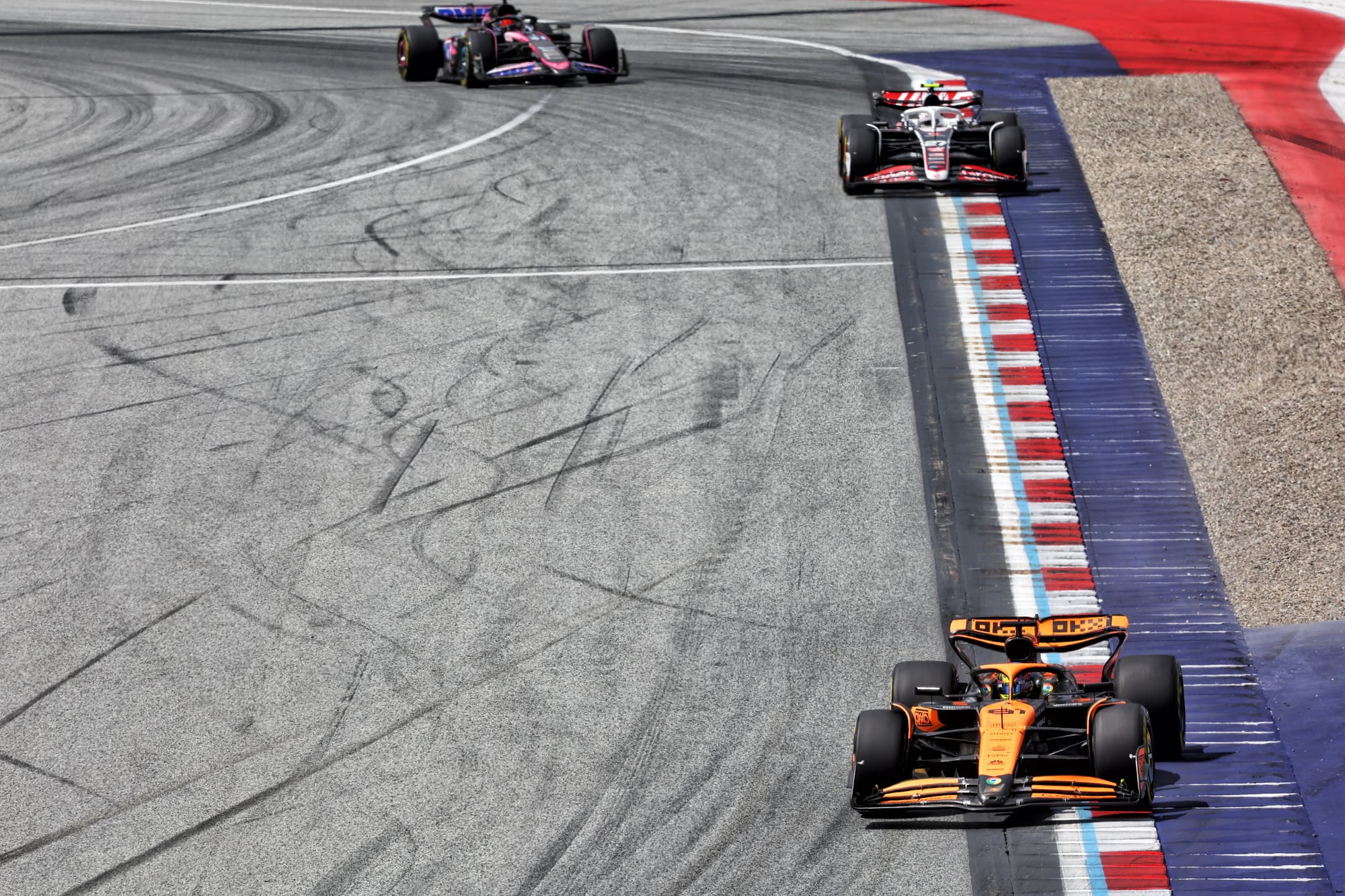
The other key issue is the need for clearer track limits. That was raised by several drivers, who pointed out that an Austria-style deterrent of a gravel strip (above) at Turn 12 at Austin would change the way those incidents play out.
But making changes to that corner specifically is difficult because of the surface beneath the track there, meaning installing a gravel strip there would be tricky.
Gary Anderson's view on how to solve it
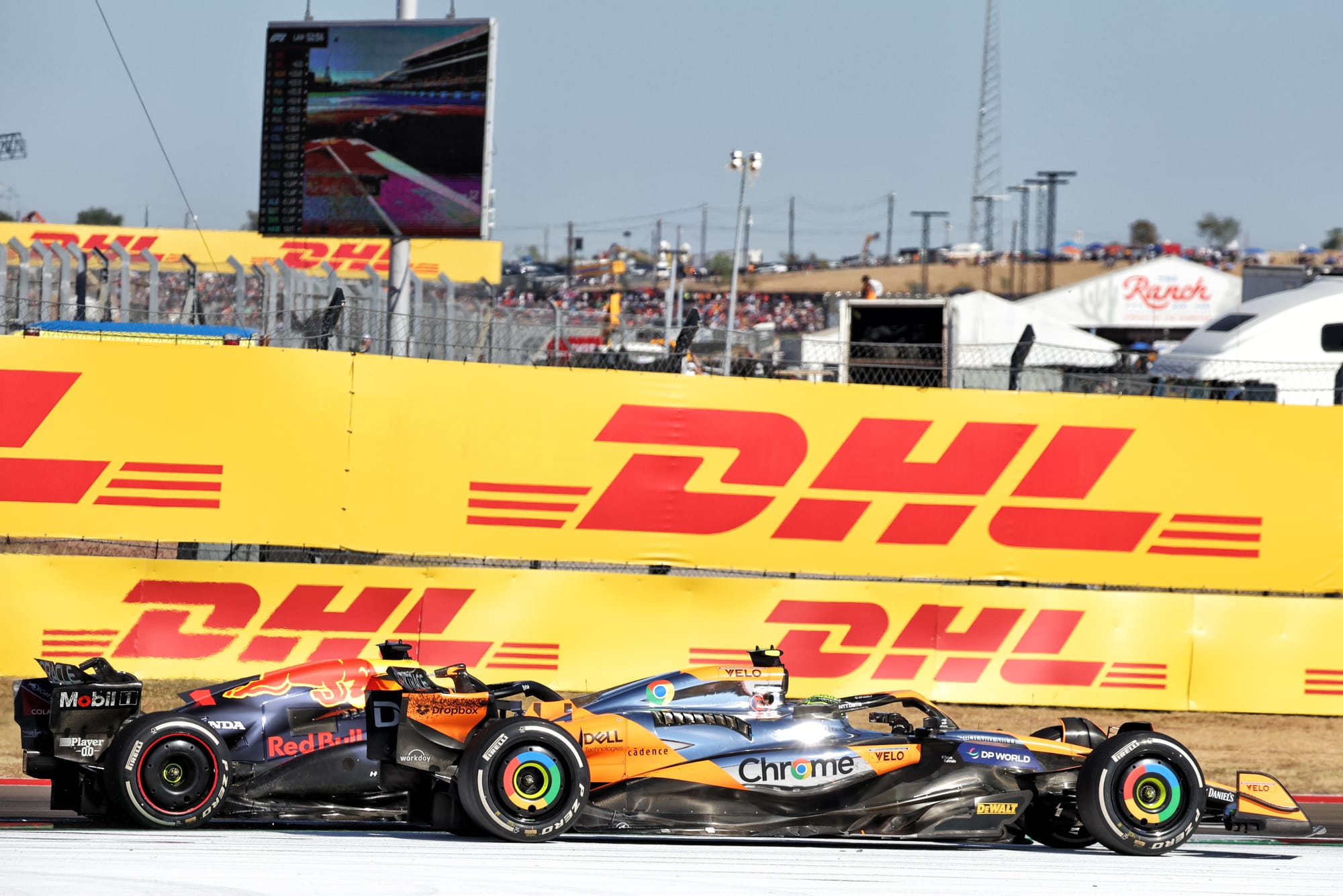
I have heard nothing but arguments for and against the incident between Norris and Verstappen at Austin, and to be honest I’m fed up with the drivers using the radio transmission to tell tales on their competitors.
Basically it’s all got a bit boring. It happened and the stewards did their best to judge who was at fault within the regulations as they stand.
We have lines across the track for the pit entry, the pit exit, the safety car lines, the DRS detection line, the DRS implementation lines... why not use another tin of paint and put a line that the FIA will use as the apex line for any judgement on who was overtaking or who was defending?
Before or after that it is simply about staying within track limits. If you are inside the track limits you can overtake or defend advantageously. If you are outside of them, you can’t. If both cars are outside the track limits, you can’t gain an advantage.
Yes the defending car will probably be on the inside and can push the other car wide, but isn’t that racing?
Make the teams responsible for rectifying any situation within one lap otherwise the FIA steps in.
It also needs a bigger penalty than five seconds to deter a driver from taking advantage and pushing to get enough of a gap to basically nullify any penalty.


